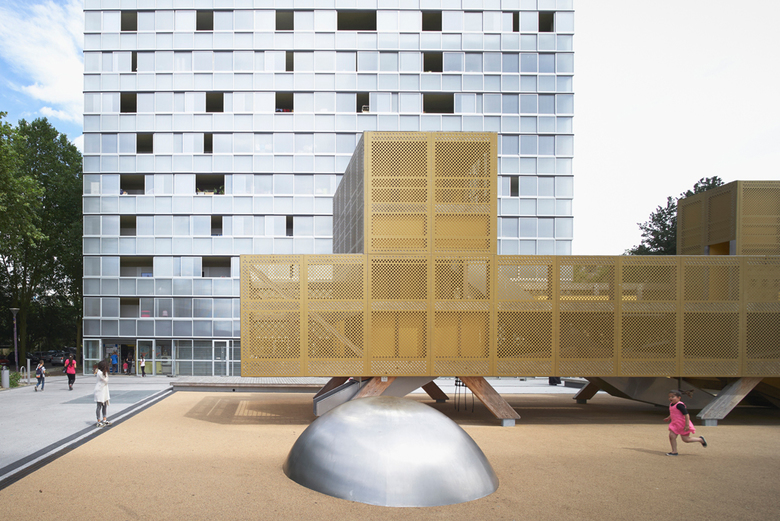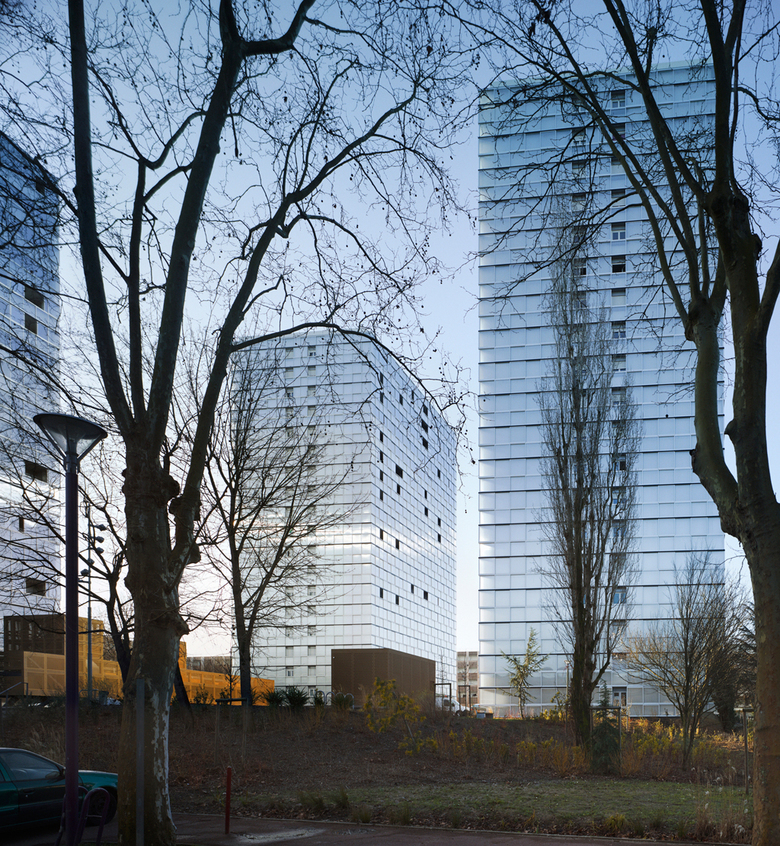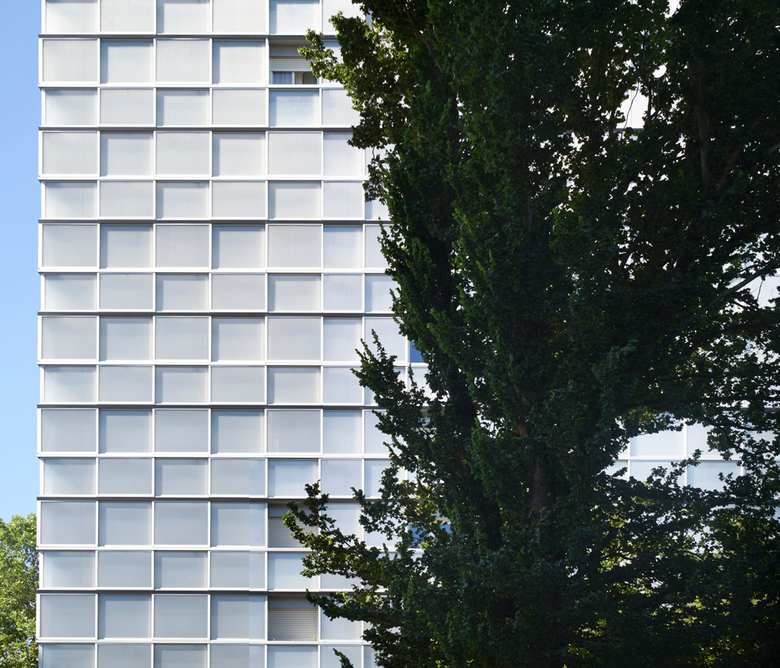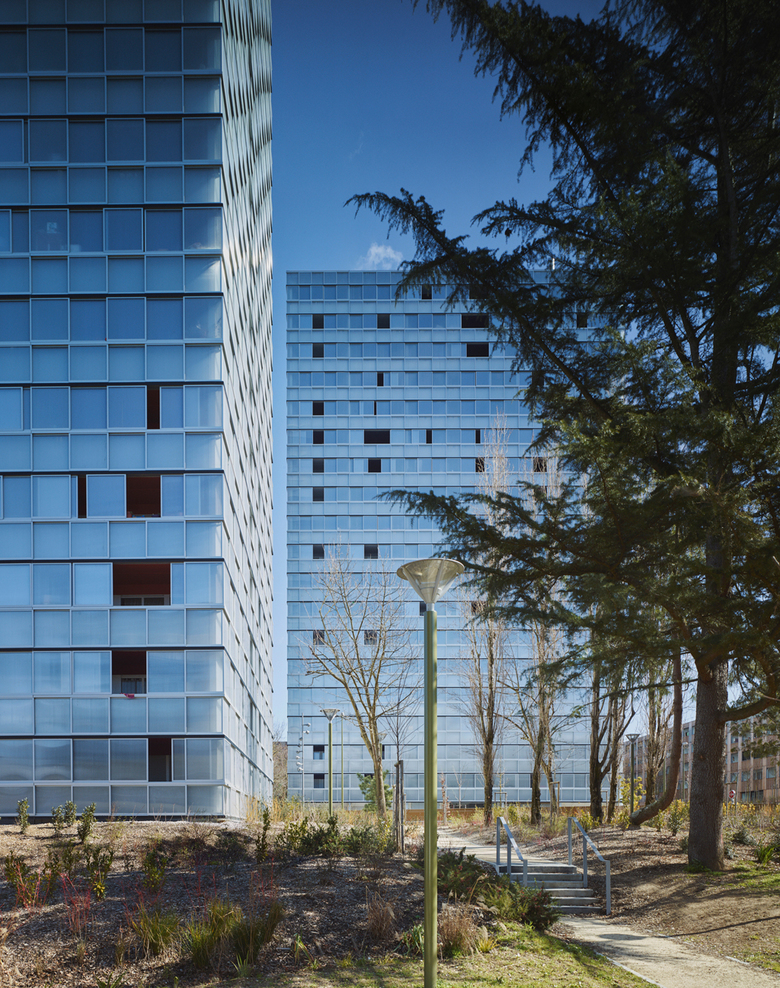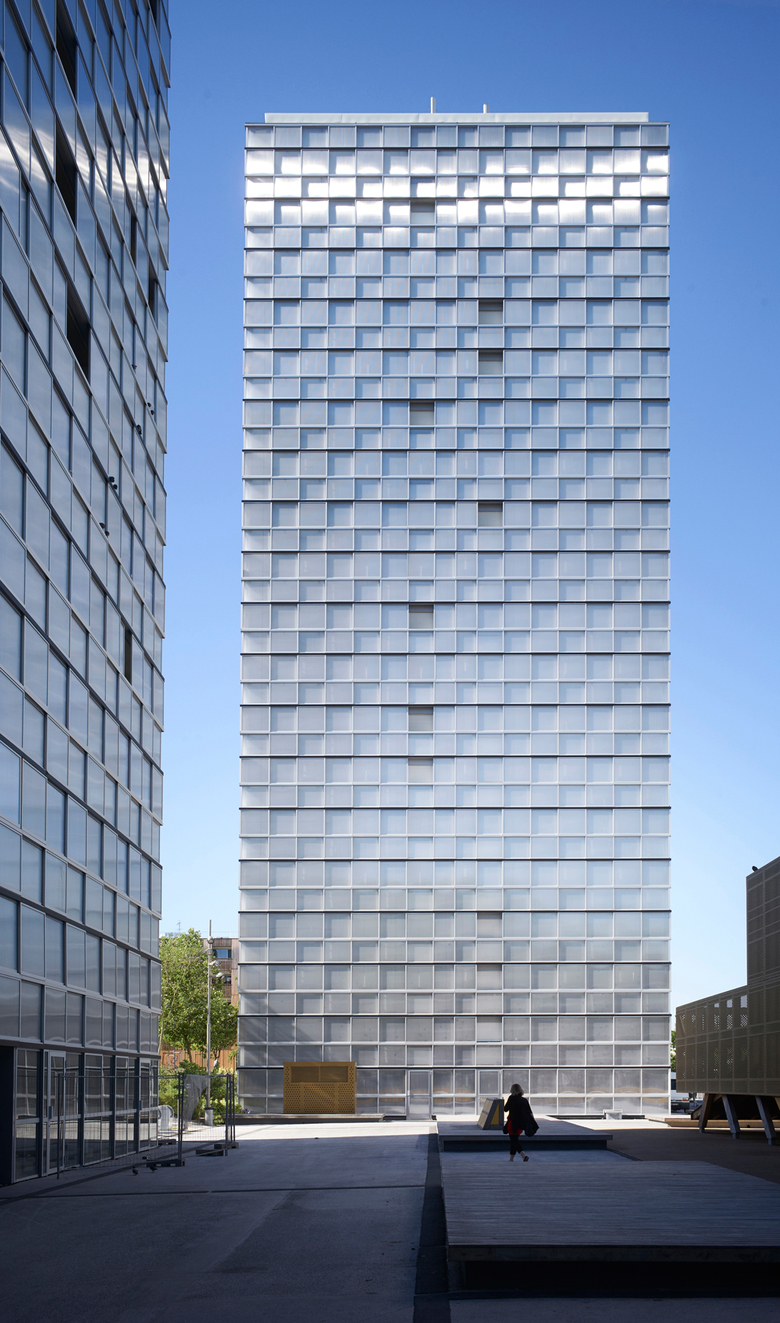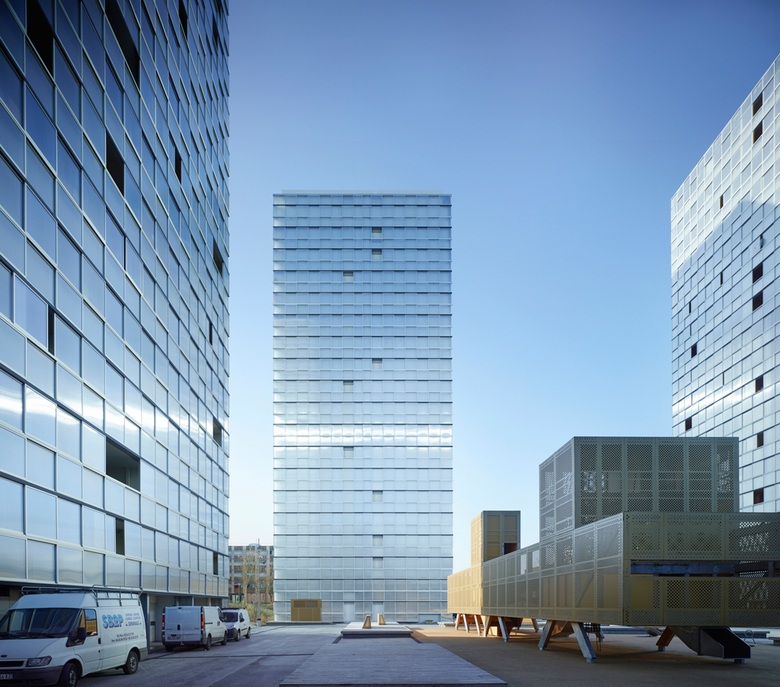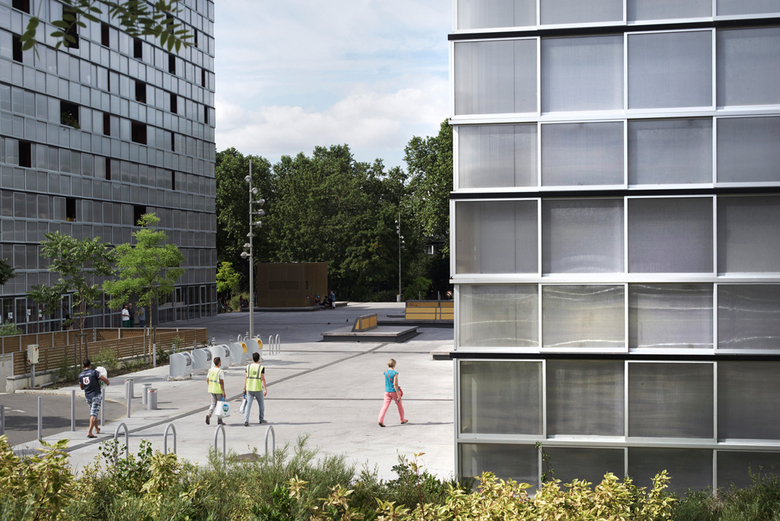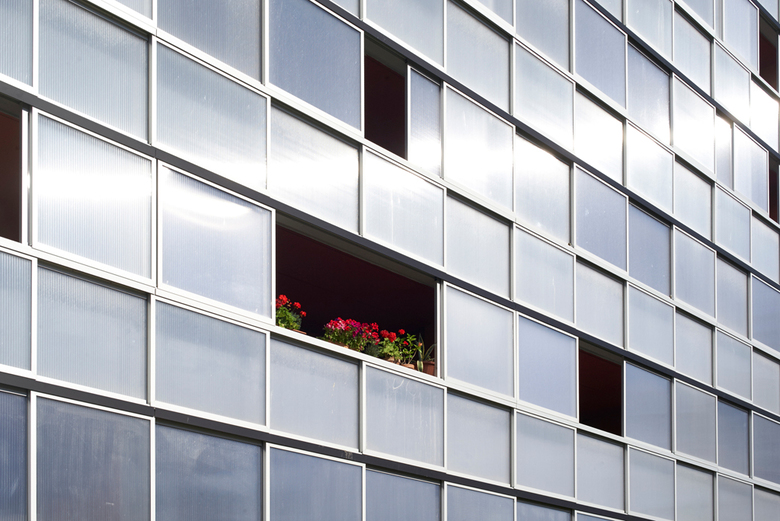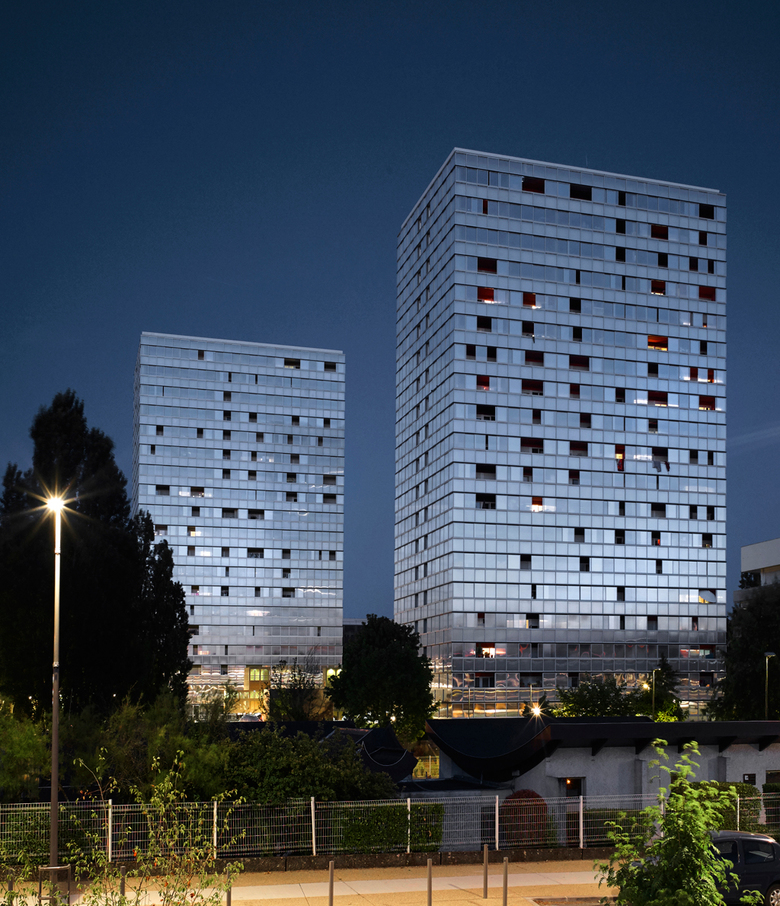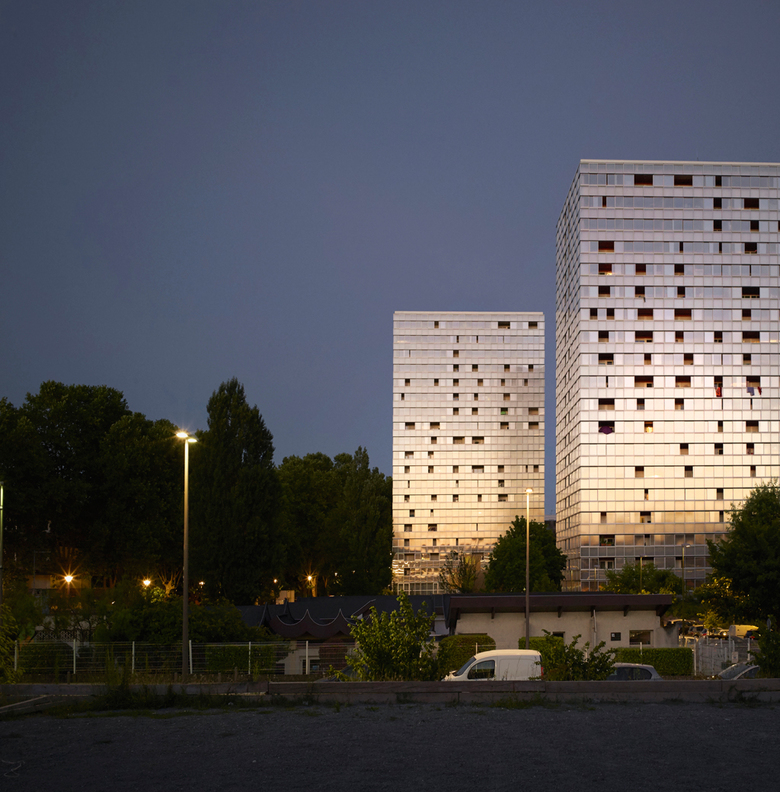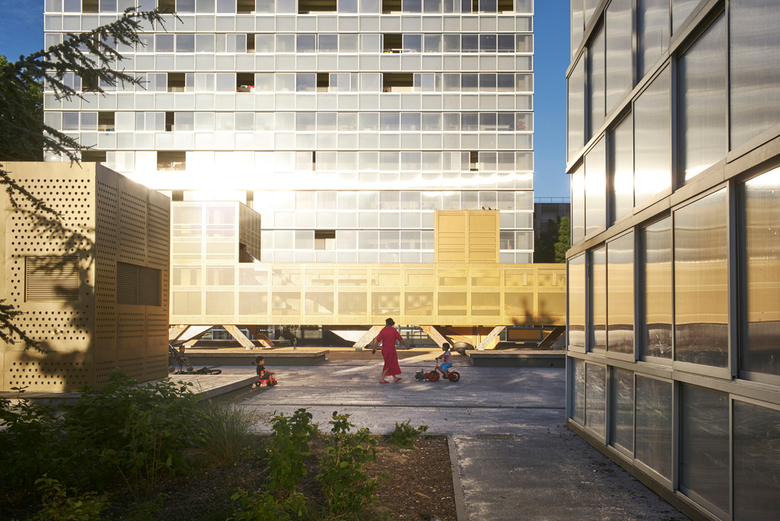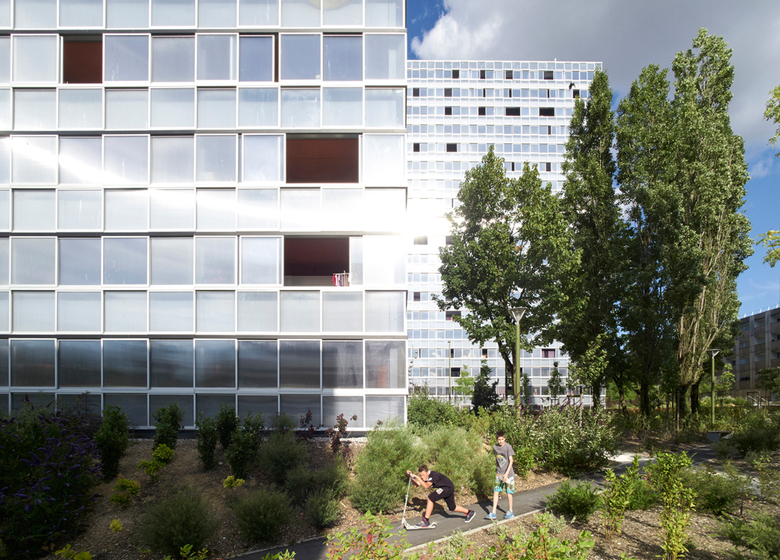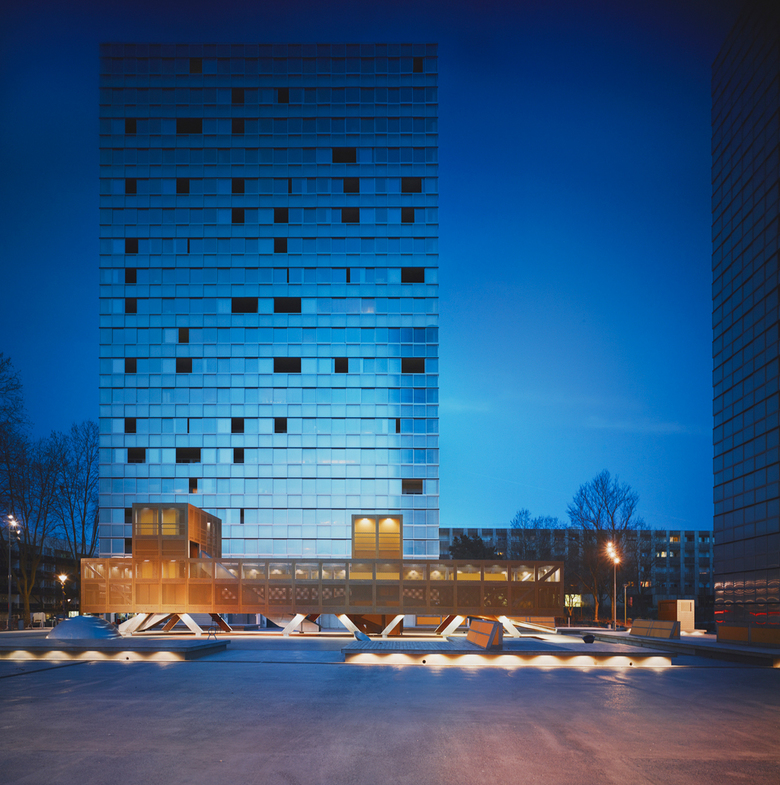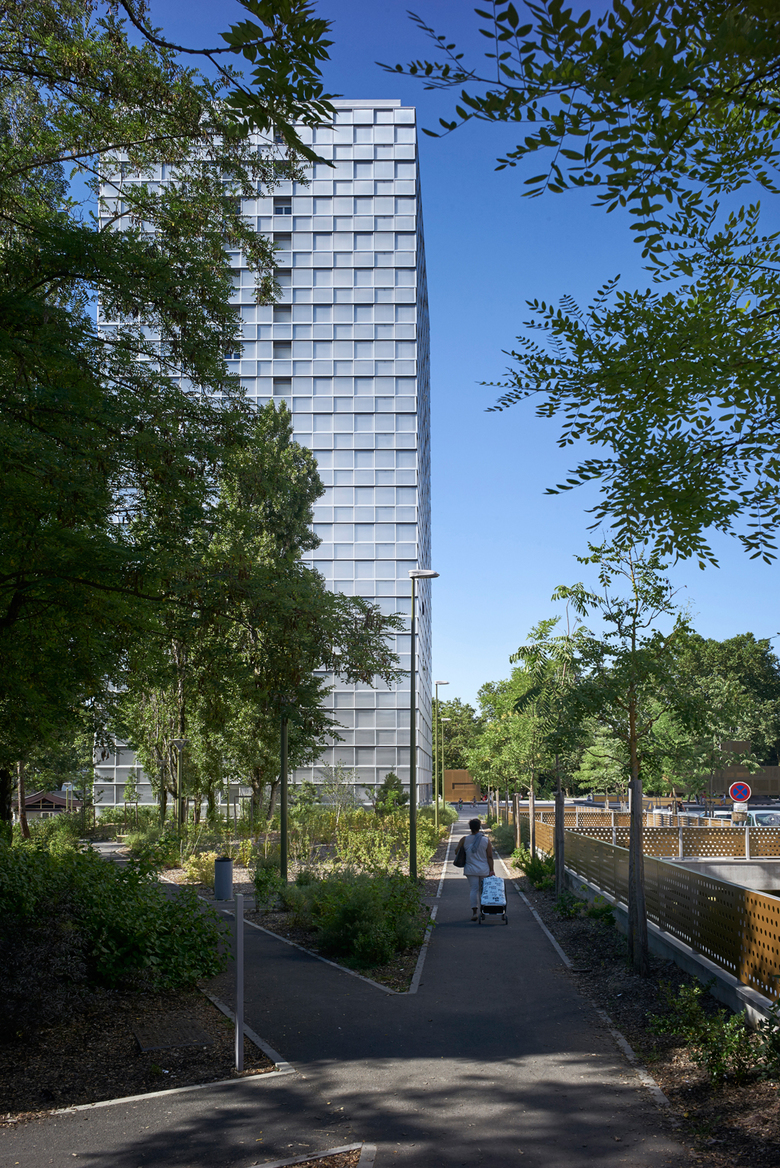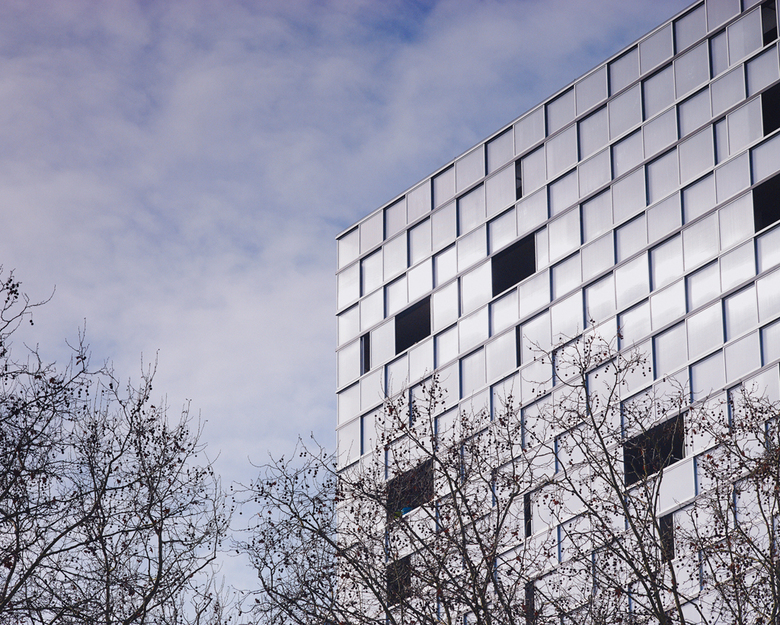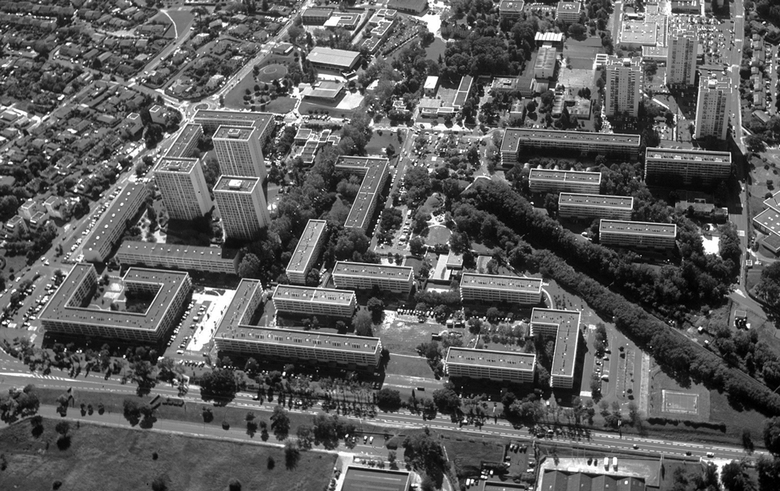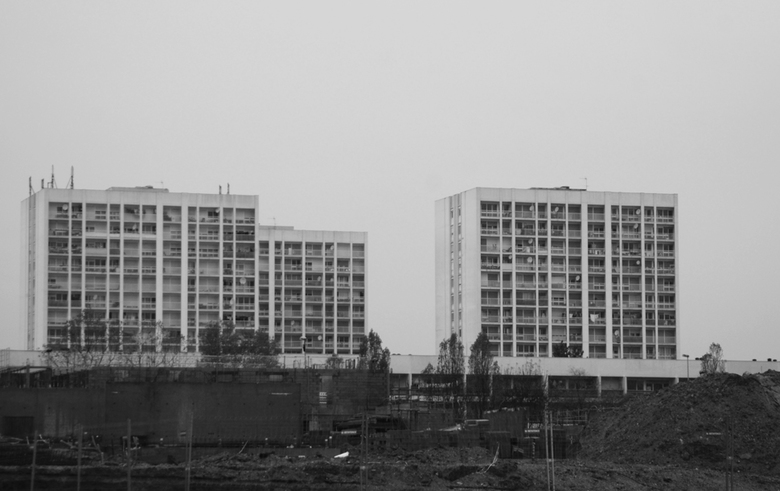LAN Architecture
Urban Renovation Lormont
Consisting of primarily collective and social housing, the urban development project accommodating roughly 10,500 people and 50% of Lormont's population is now complete.
New ideal
Large-scale demolitions of housing developments have been anticipated in France over the past few decades. Fundamental questions have emerged as to how to confront this subject. Should we preserve the historical and social layering of the city or should we torn down the past? Amongst this critical discourse lies the option of alternative approaches to rehabilitation.
Cité Génicart
The Génicart district is experiencing an urban renewal. Consisting primarily of collective and social housing, it accommodates roughly 10,500 people and 50% of Lormont’s population. The program of this ambitious urban and social renovation project is organized around four different residences.
Urban renovation
For the new urban development we propose to create an alternative strategy by generating two different approaches: rehabilitation and identification of the existing buildings and a new, better equipped communal space with a park.
Qualificatin of the void
The parking areas are entirely redesigned, rationalized and concentrated around the site’s edges. The absence of vehicles will create a genuine urban park area at the foot of the buildings.
Saint Hilaire Towers
The treatment of the façade and the expansion of the interior space of the three towers of St. Hilaire is the focal point of intervention. In this program, housing units are gradually distinguished from one another, as public spaces follows suit. Through the use of pathways and a more progressive hierarchy of public and private, the presence of unused collective space is reduced.
The Esplanade
The esplanade Saint Hilaire is perceived as a public space, which offers improved circulation and creates balance within the vast vegetation, thus shaping off and reducing the use of public space. The different elements on the level of Saint Hilaire’s plot are organized around the green landscape.
Expanded spaces
Decisive in the concept was the use of the facade, read as an extension of the interiors. The loggias surpass its depth of 93cm to 160cm and remain part of the exterior spaces, maximizing the air flow and enforcing the thermal exposure of the buildings’ envelopes.
The Façade
The movable wings attached to the glass balustrade animate the facade and optimize the climate efficiency and the acoustic qualities of the building. From the outside the buildings appear light and create a highly visible landmark for this new district. The design answers to the specific requirements of the location and offers a new better solution for the residents.
Nightscape
The buildings’ envelope loses its limits, reflects the surroundings, the changes of easons and light. In this evanescence, the dialogue between the new and the old becomes interesting: it’s not mimicry, but a thread that unwinds and distinguishes built environment from nature.
Reflection
From the outside the buildings are characterized by patterns and color change, based on the reflections of light, standing up as individuals within the urban nightscape.
Establishing a new identity
Each residential group is reconfigured into a distinctive entity and follows the logic of the plot area. The renewal of the façades, which is initially designed to thermally insulate the building, opens up an opportunity to generate more space, more additional rooms, loggias and more spacious balconies; on the other, this has defined a new architecture.
Spatial intervention
The aim of the project is to creating a more open and better equipped communal space and a genuine urban park within the city block. The parking areas are entirely redesigned, rationalized and concentrated around the site’s edges. The absence of vehicles will create a genuine urban park area at the foot of the buildings.
New urban space
Within this park, we place wooden and concrete elements that will serve as transitional spaces, terraces, retaining walls, abrupt shifts of the levels and playground areas. Each space creates a network of landmarks, pedestrian pathways and meeting places between the housing groups. These defined elements will contrast to areas of lush and diverse vegetation.
Interactive system of relationships
The exterior lighting calls out specific elements and offers a spectacular nightscape, thus highlighting the playground itself. This interplay of light and darkness, day and night, transforms the neighborhood into a dynamic sequence of spatial events.
The "Quartier général"
Vehicle access within the estate’s South sector is limited to deliveries and emergency services. The area of Saint Hilaire, the focal point of the site, is redesigned as a public outdoor space and centered around the Quartier général -a new children’s playground, thus creating an interaction zone for the young population in the neighborhood.
PROJECT DATA
PROJECT: Rehabilitation of 709 housing units, relandscaping and creation of a new car park. CLIENT: Domofrance
LOCATION: Lormont, Genicart district (33)
BUDGET: 16,8 Mio Euro excl. VAT
TEAM: LAN (mandatory architect), Agence Franck
